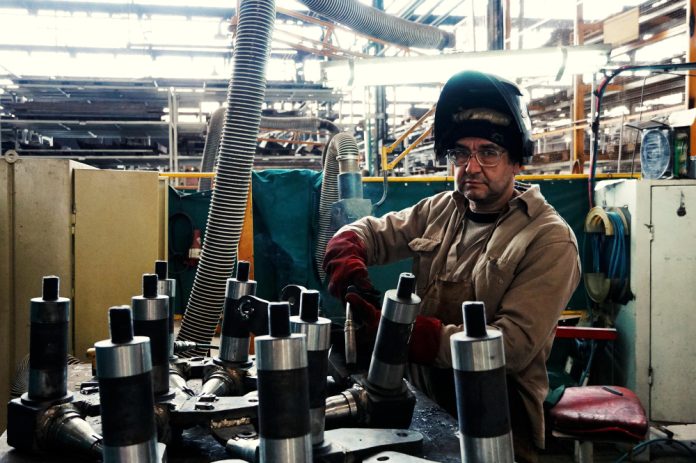The world of manufacturing is entering an exciting new phase with the integration of digital twins and simulation technologies. These innovative tools are enabling manufacturers to optimize their production processes, reduce costs, and improve the overall quality of their products.
As India embraces Industry 4.0, digital twins and simulation are set to become essential components of the modern manufacturing landscape.
What Are Digital Twins?
A digital twin is a virtual replica of a physical object, process, or system. In manufacturing, a digital twin allows manufacturers to simulate real-world conditions and predict the performance of machinery, products, or entire production lines.
This digital representation can be used to monitor systems in real time, simulate various scenarios, and make adjustments before any physical alterations are made.
By integrating IoT sensors into machinery and using real-time data to update the digital twin, manufacturers can improve efficiency, detect faults early, and reduce downtime. This leads to enhanced productivity and cost savings, as well as the ability to make data-driven decisions.
Simulation Technologies in Manufacturing
Simulation is a process that uses digital models to simulate real-world processes, helping manufacturers predict the outcome of various operations without the need for physical testing.
In the context of Indian manufacturing, simulation tools are helping companies optimize production processes, reduce energy consumption, and improve product design.
For example, simulation can be used to model the behavior of materials under different conditions, enabling manufacturers to design more durable products. Additionally, simulation tools can model entire supply chains to identify bottlenecks and inefficiencies before they occur.
How Indian Manufacturers Are Adopting Digital Twins
Several leading Indian manufacturers are already exploring the benefits of digital twins. In the automotive industry, companies use digital twins to simulate engine and component performance.
This helps ensure they meet high standards before physical production begins. In electronics manufacturing, digital twins are helping companies design and test products virtually, leading to faster production cycles and reduced material waste.
The integration of simulation technology into India’s manufacturing processes is also helping businesses minimize waste and optimize resource use, which is particularly important in energy-intensive industries like steel production and chemical manufacturing.
Challenges and Opportunities
While the benefits of digital twins and simulation technologies are clear, there are challenges in terms of initial investment and skills training. Indian manufacturers must invest in advanced software tools, sensors, and data analytics platforms, which can be costly.
Additionally, there is a need for skilled workers who can develop, implement, and manage digital twins and simulation models.
Government initiatives like Make in India and industry bodies like FICCI and IMTMA provide manufacturers with funding, training, and resources to adopt digital twins and simulation technologies. These technologies offer potential for increased productivity, cost savings, and improved product quality.
The Future of Digital Manufacturing in India
The future of manufacturing in India is digital with digital twins and simulation technologies leading the transformation. As Indian manufacturers adopt these tools, they will enhance efficiency, product quality, and strengthen their global market position. The journey towards Industry 4.0 is underway, and digital twins will play a crucial role in shaping Indian manufacturing.












